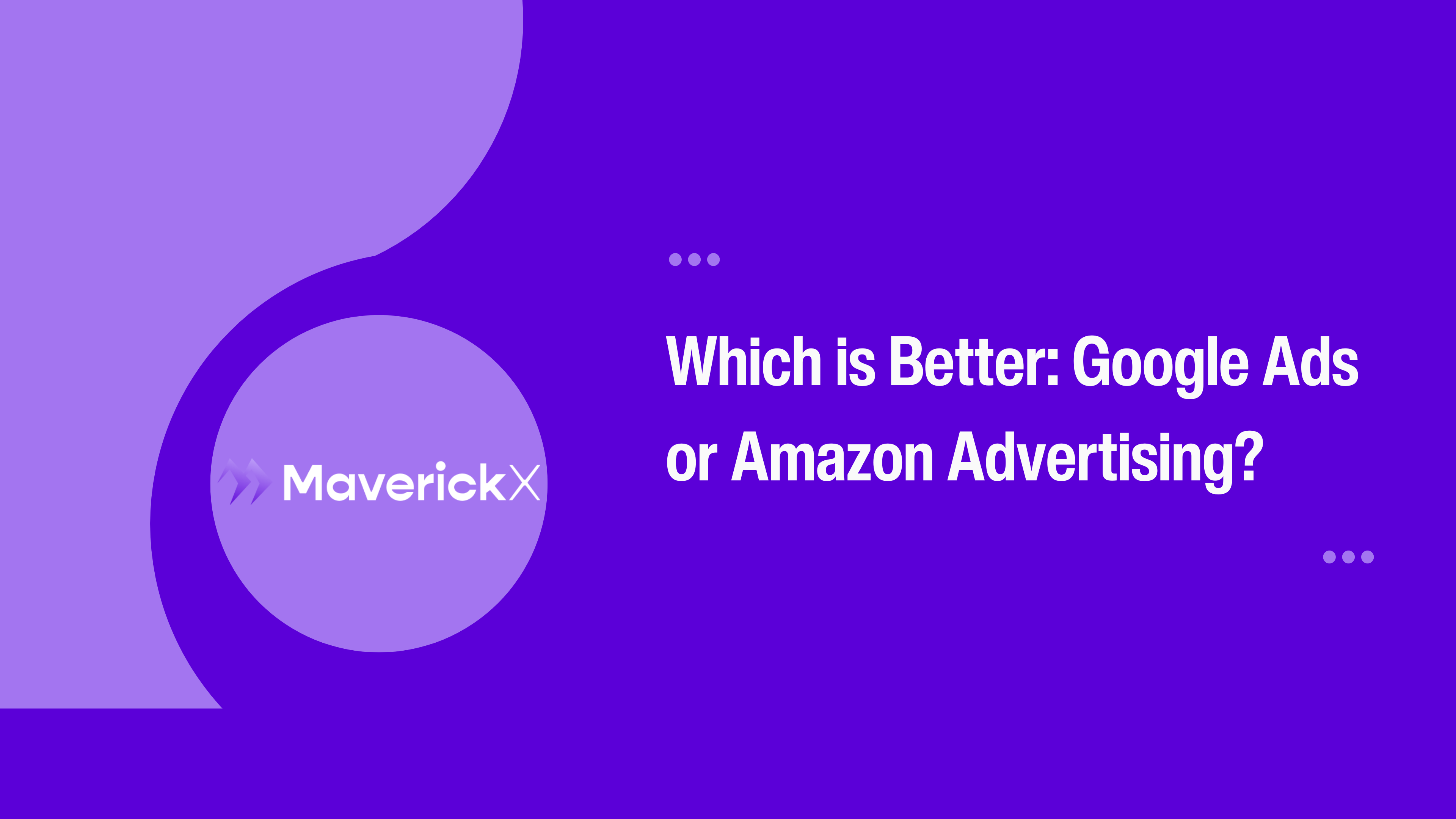
In the rapidly evolving world of digital advertising, two platforms stand at the forefront: Google Ads and Amazon Advertising. As the ecommerce landscape continues to grow, businesses are increasingly faced with a crucial decision—where should they allocate their ad dollars for maximum return? This article aims to break down the key differences between Google Ads and Amazon Advertising, and help you determine which platform offers the best value for your business in 2024.
Article Contents
For many years, Google was the go-to platform for online advertising. With its dominance in search, display, and video ads, it became a vital tool for businesses seeking to boost visibility. On the other hand, Amazon, once known only as a retail powerhouse, has increasingly shifted its focus to advertising—especially as more consumers begin their product searches directly on the platform.
In fact, recent data reveals that over 55% of online shoppers now start their product searches on Amazon rather than traditional search engines like Google. This growing shift in consumer behavior has made Amazon a formidable player in the digital advertising space.
One of the main distinctions between Google Ads and Amazon Advertising lies in audience reach and targeting. Google Ads offers vast targeting capabilities through its access to billions of search queries each day. It allows advertisers to target users based on their search habits, location, demographics, and even device usage. Google’s ability to display ads across search, YouTube, Gmail, and millions of partner sites makes it a broad tool for reaching a wide range of audiences.
In contrast, Amazon Advertising is tailored specifically for ecommerce businesses. Amazon’s strength lies in its ability to reach consumers who are already deep in the purchasing funnel. When people visit Amazon, they’re often there with the intent to buy, meaning that Amazon ads target high-intent shoppers. The platform allows advertisers to target consumers based on their shopping behaviors, such as past purchases, product views, and even wish lists.
Google Ads offers a wide range of advertising formats, including:
Amazon Advertising, while more focused on ecommerce, also provides a robust suite of ad formats. These include:
Both platforms operate on an auction-based model, but there are key differences. Google Ads uses an ad auction that factors in your bid amount, the quality of your ad, and relevance to the user’s search. Your ad’s Ad Rank—a metric that considers all these factors—determines whether your ad appears and how much you pay per click (CPC).
Amazon Advertising follows a similar approach but focuses heavily on product relevance and ad quality. With Amazon’s second-price auction, you’ll typically pay just a bit more than the second-highest bid, but only if your ad is deemed relevant to the shopper’s query. Winning Amazon’s ad placements also hinges on your product’s performance metrics, like availability in the Buy Box, making it critical to maintain a competitive edge with your listings.
Conversion rates are often a key deciding factor when choosing between Google Ads and Amazon Advertising. With Google Ads, conversion rates can vary widely depending on the industry, audience, and type of ad being run. On average, Google’s search ads boast a conversion rate of around 3-5%, while display ads tend to have a much lower rate, closer to 1%.
In contrast, Amazon’s ads tend to have significantly higher conversion rates, often exceeding 10%. This is because Amazon’s audience is typically much further down the purchasing funnel—they’ve already decided to buy something, and your ad helps them choose what. For ecommerce businesses, this makes Amazon an especially attractive platform for driving quick, measurable sales.
When comparing costs, Google Ads is generally more expensive. With an average CPC ranging from $1 to $2 for Google search ads and even higher for competitive industries like insurance or legal services, it can be costly to maintain a presence on the platform. Amazon Advertising, on the other hand, offers a lower CPC—typically averaging between $0.70 to $1.20, depending on the product category. This makes Amazon a more cost-effective option for many ecommerce businesses looking to maximize ROI.
The answer to the question “Which is better: Google Ads or Amazon Advertising?” ultimately depends on your business goals.
Both Google Ads and Amazon Advertising have their strengths, and neither is universally “better” than the other. Instead, the platform you choose should align with your specific business objectives. If brand visibility and reaching a broad audience are your top priorities, Google Ads offers unparalleled reach. However, if driving product sales is your focus, especially for ecommerce businesses, Amazon Advertising could provide a more efficient path to higher conversions and ROI.
For businesses looking to leverage both platforms effectively, a hybrid approach—utilizing the broad reach of Google and the conversion power of Amazon—can often deliver the best results. Whichever path you choose, understanding the strengths of each platform will help you maximize the effectiveness of your digital advertising strategy.
To provide you with the best service, please fill out this form and provide as much detail as possible.